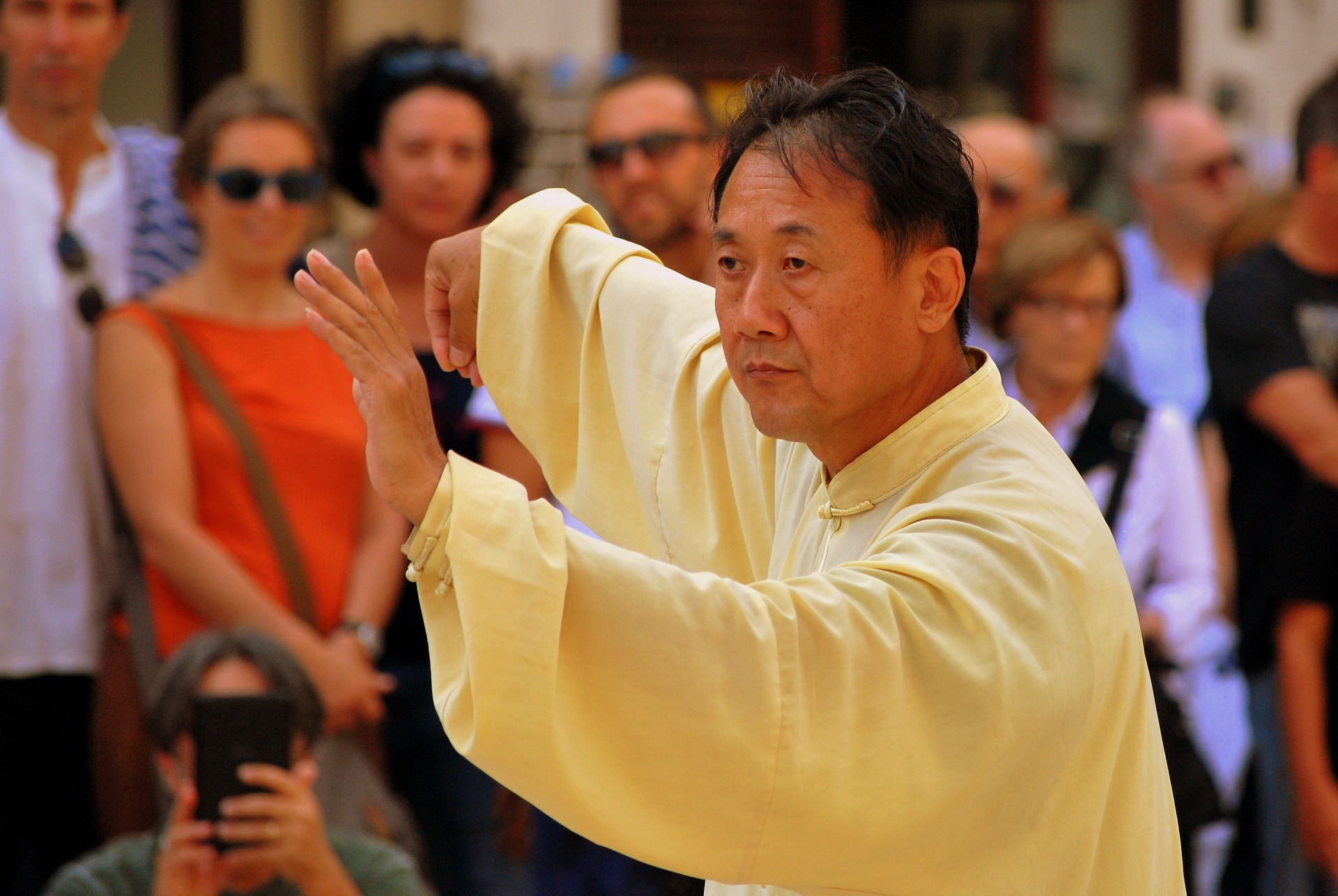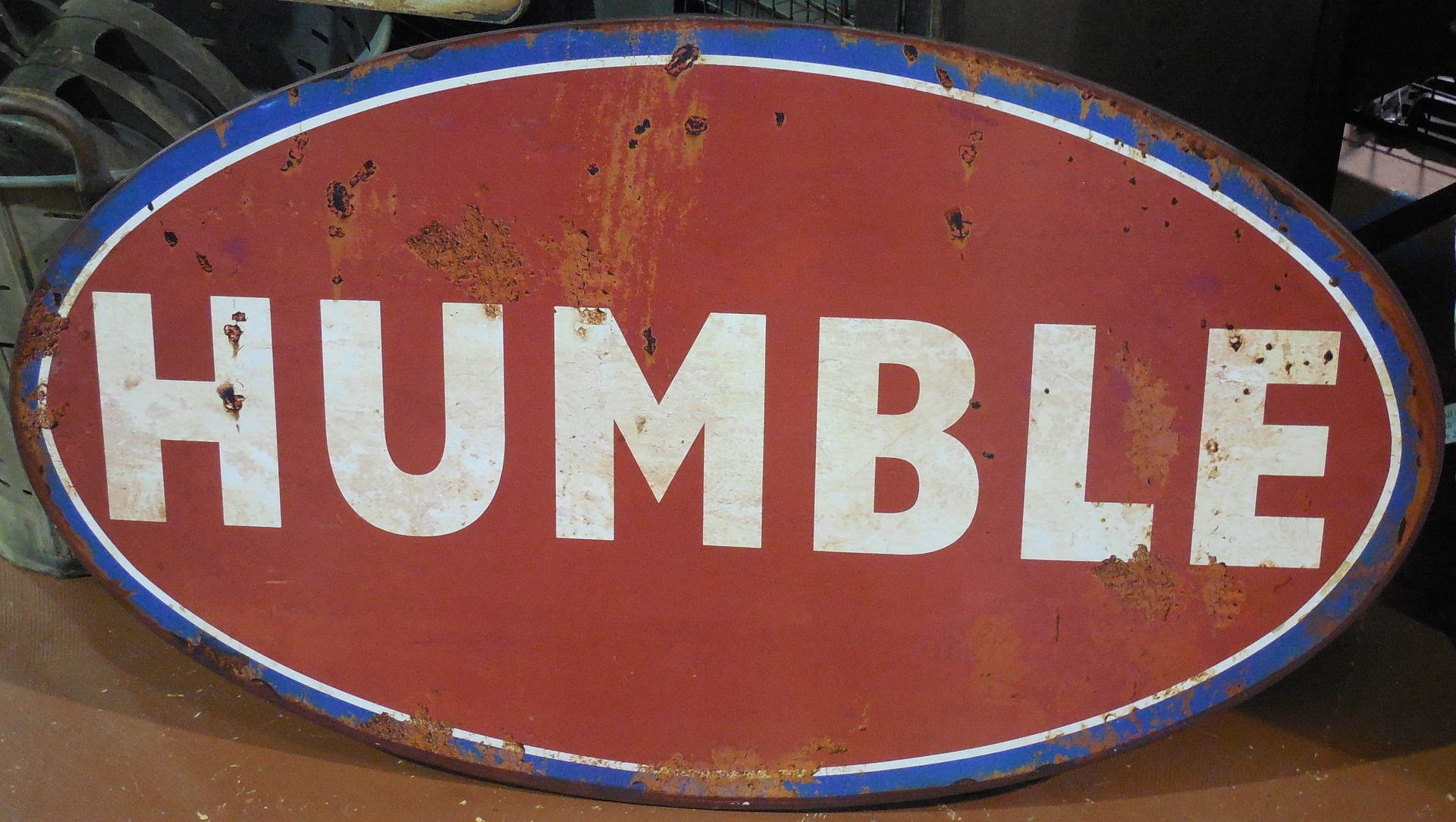The slowness of Tai Chi is the fastest way to develop proper waist-power, correct weight shifts, smooth movement, and muscle memory. You see it in the park or on TV, lots of elderly people moving very slowly in a fluid motion that resembles some sort of martial art. Well, it is a martial art but the emphasis is on physical development.
Going that slow is actually very difficult especially for beginners. The thighs, knees and ankles burn with fatigue. It doesn’t seem like you are making any sort of progress. This is absolutely wrong. Sore muscle is a sign that you are working them out. It also means you are performing the techniques correctly.
Waist Power
There is a saying in Tai Chi, “the waist drives”. This means each movement initiates by a waist movement. The waist moves the feet and the arms. Nothing is done without the waist directing the power. The waist thrusts the punch forward. Arms are put into a defensive position by a twist of the waist and subtle weight shifts.
In all martial arts, the waist is key to generating power and force. Yet in Tai Chi, it is so isolated as the main mechanism for all movement that it becomes the focus of training. This is a good thing if you want to develop proper power.
Weight Shifts
Tai Chi has a rule that no leg is lifted or moved unless it is un-weighted. That means all your weight needs to be in the other leg. Normally, we stumble around and make quick footwork shuffles to compensate for our lack of balance. Some artists are so good at it that they appear to be stable and balanced the whole time. This is only true for Tai Chi artist.
The key is to shift your weight without wobbling side to side. The center of balance must be maintained inside one’s own body. This shifting of weight back and forth is much like the ebb and flow of waves. It is exactly how the Tai Chi artist develops tremendous force when they actually touch you with their strike or push.
It should be so smooth that it isn’t visible from the outsider’s perspective.
Smooth Movements
Smooth and fluid movements are key to uproot the opponent and stay balanced. This trait is a result of proper waist movement and weight shifts. The Tai Chi artist becomes hard to push up against because they “go with the flow”. The exercise of push hands develops sensitivity to force either pushing or pulling. It keeps their attacks and defense in harmony like one fluid stream.
Not only is it hard to press or pull the Tai Chi artist, it is also difficult to locate an opening for attack. Imagine trying to find a dry spot on the beach with the waves ebbing and flowing. At some point, the water covers it up without warning. The key characteristic of all martial artists is to remain smooth and fluid with their movements. Tai Chi is a perfect style to develop that trait.
Muscle Memory
The slow movement and counts develops wonderfully ingrained movement habits. The short 12-step Tai Chi form has, as the name would imply, twelve steps. Yet each of those steps has four to eight sections. By practicing these steps over and over, you learn the exact way to do a movement. It gets ingrained in your muscles to move that way. The Tai Chi artist invests in proper movement first, then technique application second.
Did you know you could perform Tai Chi forms at normal speed? It requires you to be very good at doing it very slow so each movement is exact. At that speed you can see the martial application of each technique. Tai Chi is a sophisticated martial art and combat style. It just hides itself as a simple way for the elderly to exercise and stay fit.
If you want to understand your martial art better, consider taking a Tai Chi class for at least a year. It takes that long to really appreciate the subtle changes affecting your movement. It’ll be the best use of your time and comprehension of the biomechanics of Kempo.
Has another art helped you understand your base art? Tell me how.



